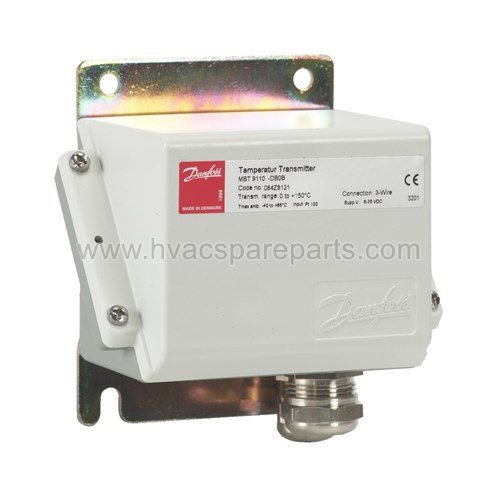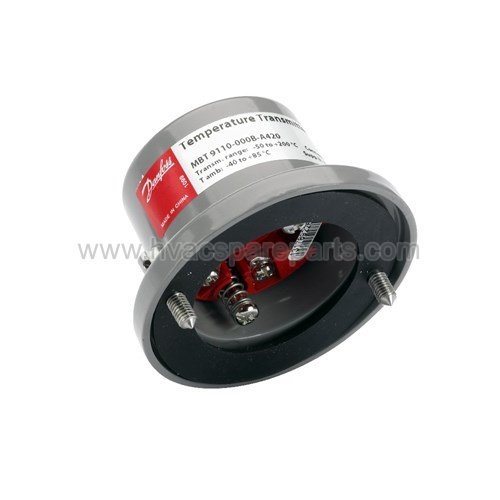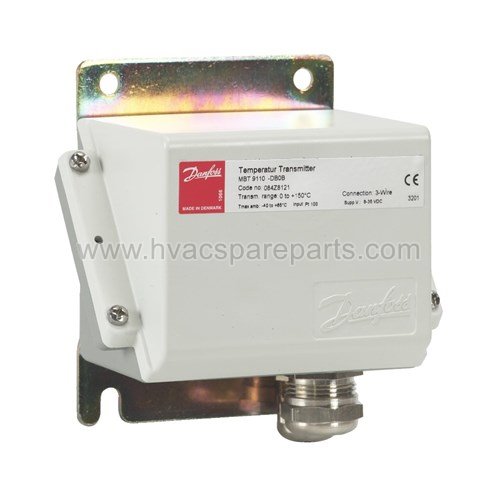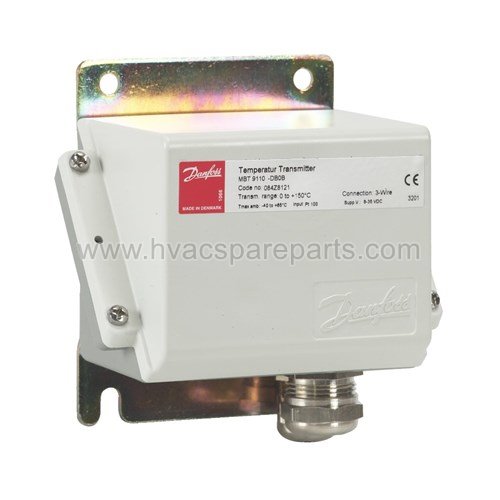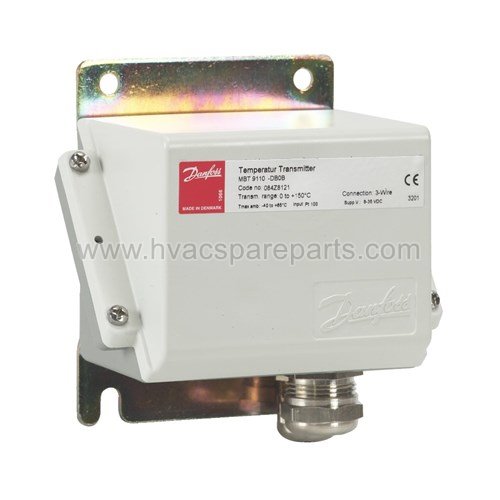From United State & Canada: ☎️ 1 800 798 3409
- Copper Pipes and Copper connections
-
Valves
- Heat Exchangers
- Pressure switches and thermostats
- Water Pumps And Motors
- Sight Glasses
- Sensors and Transmitters
- Contactors and Motor Starters
- Electronic Controls
- Liquid Level Controls
- Filters and Strainers
- Oil separators Liquid receiver
- HVAC Installation Maintenance
- Cold Rooms
- Cold Rooms With Monoblocks Or Splits Units
- Cold Rooms Of 1 To 3 M3 Of Volume Equipped With Refrigeration Equipment
- Cold Rooms From 3 To 6 M3 Of Volume Equipped With Refrigeration Equipment
- Cold Rooms From 6 To 9 M3 Of Volume Equipped With Refrigeration Equipment
- Cold Rooms From 9 To 12 M3 Of Volume Equipped With Refrigeration Equipment
- Cold Rooms From 12 To 15 M3 Of Volume Equipped With Refrigeration Equipment
- Cold Rooms From 15 To 18 M3 Of Volume Equipped With Refrigeration Equipment
- Cold Rooms From 18 To 21 M3 In Volume Equipped With Refrigeration Equipment
- Cold Rooms From 21 To 24 M3 Of Volume Equipped With Refrigeration Equipment
- Cold Rooms From 24 To 27 M3 Of Volume Equipped With Refrigeration Equipment
- Cold Rooms From 27 To 30 M3 Of Volume Equipped With Refrigeration Equipment
- Cold Rooms From 30 To 33 M3 Of Volume Equipped With Refrigeration Equipment
- Cold Rooms From 33 To 36 M3 Of Volume Equipped With Refrigeration Equipment
- Cold Rooms From 36 To 39 M3 Of Volume Equipped With Refrigeration Equipment
- Cold Rooms From 39 To 42 M3 Of Volume Equipped With Refrigeration Equipment
- Cold Rooms From 42 To 45 M3 Of Volume Equipped With Refrigeration Equipment
- Freezer Rooms
- Freezer Rooms With Monoblocks Or Splits Units
- Walk In Freezers From 1 To 5 M3 Of Volume Equipped With Refrigeration Equipment
- Walk In Freezers From 5 To 10 M3 Of Volume Equipped With Refrigeration Equipment
- Walk In Freezers From 10 To 15 M3 Of Volume Equipped With Refrigeration Equipment
- Walk In Freezers From 15 To 20 M3 Of Volume Equipped With Refrigeration Equipment
- Walk In Freezers From 20 To 25 M3 Of Volume Equipped With Refrigeration Equipment
- Walk In Freezers From 25 To 30 M3 Of Volume Equipped With Refrigeration Equipment
- Walk In Freezers From 30 To 35 M3 Of Volume Equipped With Refrigeration Equipment
- Walk In Freezers From 35 To 40 M3 Of Volume Equipped With Refrigeration Equipment
- Walk In Freezers From 40 To 45 M3 Of Volume Equipped With Refrigeration Equipment
- Walk In Freezers From 45 To 50 M3 Of Volume Equipped With Refrigeration Equipment
- Walk In Freezers From 50 To 55 M3 Of Volume Equipped With Refrigeration Equipment
- Walk In Freezers From 55 To 60 M3 Of Volume Equipped With Refrigeration Equipment
- Walk In Freezers From 60 To 65 M3 Of Volume Equipped With Refrigeration Equipment
- Walk In Freezers From 65 To 70 M3 Of Volume Equipped With Refrigeration Equipment
- Starting & Running Capacitor
SALE OF TEMPERATURE TRANSMITTERS
The best price to buy MBT 9110, Temperature transmitters
FiltersOne of the basic technological parameters that occur in production processes is temperature. It is especially important in the food industry. There is no concept of "about" Here the temperature must always be measured with the highest possible accuracy. Not only in food production, this is a key parameter, this is the aim of this article to explain all the determinants from the perspective of a maintenance worker in general.
How does a temperature transmitter work?
The performance of components such as a temperature transmitter may differ due to their sophistication and application. It is an element whose function is not only to indicate the temperature at a given moment, but also to record historical data of an hour, several minutes, etc. It can also process and send signals with information obtained thanks to sensors, sending it to another part of the system, for example, an alarm system. The temperature transmitters ensure the amplification of the weak signal of the temperature sensor, its linearization and conversion into a voltage or current signal. The amplified signal is more resistant to interference present in industrial conditions. Temperature transmitters for thermoelectric sensors also perform Cold Junction Temperature Compensation (CJC) and, depending on the model, provide galvanic separation between the thermocouple circuit and the input signal. The temperature transmitter also allows thermocouple compensation wires to be replaced with normal transmission wire. Head temperature transmitters are designed to mount directly to head temperature sensors. Each temperature transmitter is equipped with an element that reacts to changes in heat. Controllers typically use resistance sensors (a change in the electrical resistance of a metal with a change in temperature) and thermoelectric sensors (thermocouples). Temperature sensors may differ in accuracy and operating range. Each controller has its own temperature sensors, thanks to which it works properly.
Temperature and humidity transmitter
The temperature and humidity transmitter is designed for continuous measurement and conversion of relative humidity in addition to ambient temperature. When integrated with the HT25 logger, they form a complete set for monitoring and recording measured values. The temperature and humidity transmitter has an integrated or detachable interface and a power cable available in various lengths, allowing the product to be tailored to the requirements of a specific application. It performs the following functions:
- Calculate selected physical quantities (dew point temperature, absolute humidity)
- Save minimum and maximum values for measured and calculated values
- Set the average measurement time,
- Provides support for the RS-485 interface with the MODBUS RTU protocol.
Coolant temperature transmitter
The coolant temperature sender is a very small part, one in a whole network of sensors that surround the engine, but a lot depends on it. Although its function is extremely simple and, compared to many other parts, it seems almost insignificant, in fact, it is capable of immobilizing the car with a failure. One of the things that is necessary for every modern internal combustion engine, and that affects the quality and culture of its operation, is the right temperature. Engine temperature is one of the key parameters of its operation. It must be correctly between 90 ℃ and 100 ℃. The sensor that continuously measures its value and provides this information to the driver of the drive unit is the coolant temperature sensor, also known as engine temperature sensor or even coolant thermometer. How does this sensor work? This is really a bit tricky. The engine temperature sensor is a negative temperature coefficient sensor. The higher the coolant temperature you observe, the lower its internal resistance, which means the voltage drop across the sensor. In turn, a drop in temperature means an increase in resistance and voltage. The controller receiving the signals from this sensor analyzes its voltage and, based on the value stored in the table, determines the temperature of the engine coolant and thus of the engine itself. This information is the basis for determining the composition of the air-fuel mixture by adjusting the fuel injection timing and ignition angle. So, if the coolant temperature sensor sends a signal to the transmission unit controller indicating that the engine is cold, the controller, according to the pattern stored in memory, will recommend increasing the amount of fuel in the mixture, which is to facilitate ignition.
Industrial temperature transmitter
It is hard to imagine today's industry without the help of a temperature transmitter. Due to the variety of needs, such transducers are divided into different types. They can be mounted, for example, on a DIN rail, on thermometer heads or connected directly to process lines. However, every industrial temperature transmitter works the same: its task is to convert the sensor signal into a standardized and stable signal. A modern temperature transmitter can use digital technology for this purpose, thanks to which it is flexible, intelligent and allows very high precision in temperature measurement. The industrial temperature transmitter adjusts the signal from the temperature sensor, which is typically a thermocouple or resistance sensor (eg Pt100), to the standard accepted by the measurement system input ( typically 4-20mA, 0-20mA or 0-10V). Additionally, it provides galvanic separation between the sensor exposed to environmental conditions and the PLC or industrial computer.
Aacore Supply NCAGE
Privacy Policy
Terms of Use
Shipping Policy
Returns and refunds
HVAC price catalog
Copyright © 2020 hvacspareparts.com
TRADEXUS MARKET, LLC
7345 W Sand Lake Rd,
STE 210 office 5361
Orlando, FL 32819 US
AACORE SUPPLY
C/ de Viver, 25, bajo Local, 46020
Valencia, España
МаркетВекс
Ул. Марагидик 19, етаж 2, офис 1
8000 Бургас, България
La Central du Froid SARL
Nº 12, Av Moulay Abdelhafid
90090 Tanger, Maroc
Opening Hours.
Our shops: Monday to Friday: 07.00 am - 01.00 pm (EST)
Online: 7 days a week, 365 days a year
Menu
Important Notice
Until 04/25/2025, our customer service will be available only via email due to an update in our systems. This update is part of our ongoing efforts to improve the quality and efficiency of our service.
We appreciate your understanding and patience during this period. We will be happy to assist you via email at support@hvacspareparts.com
If you are not yet a registered user, do so now, and start enjoying without waiting the excellent prices that we can offer you.
- Heat Exchangers





